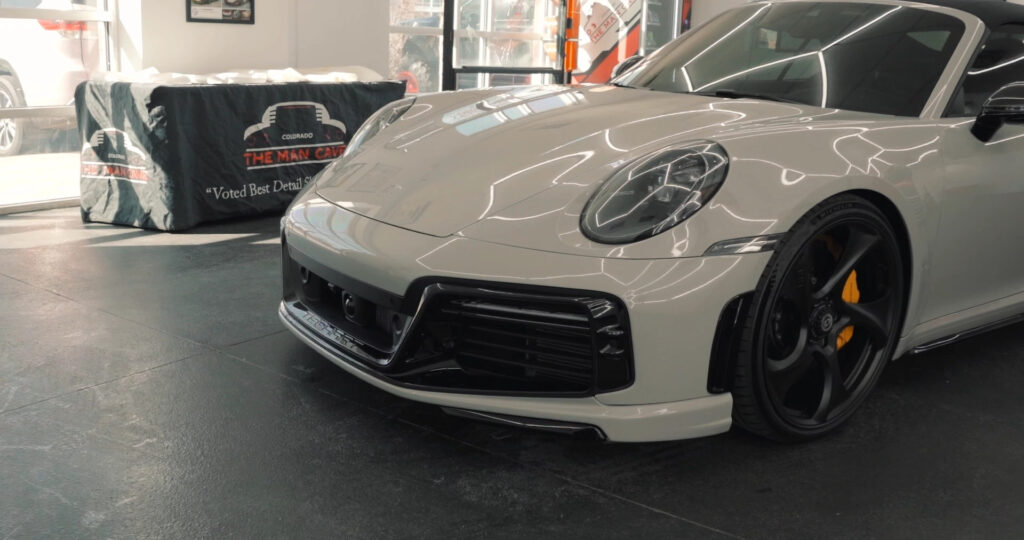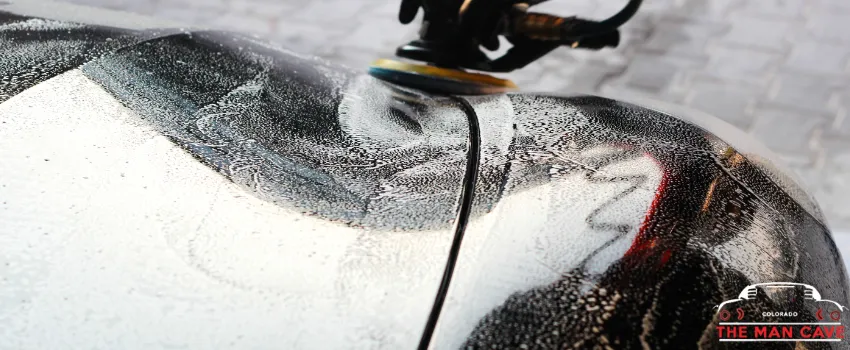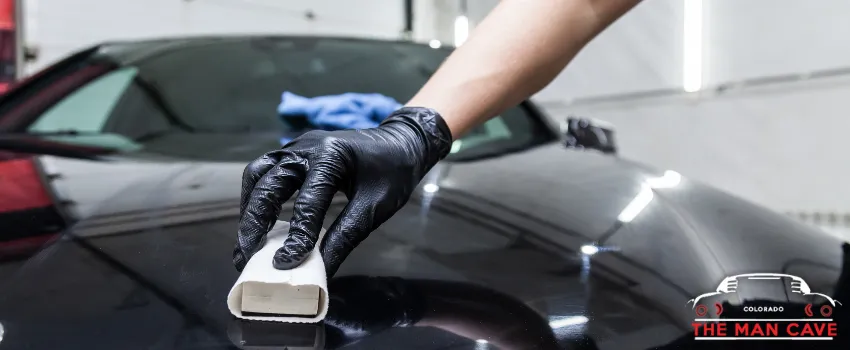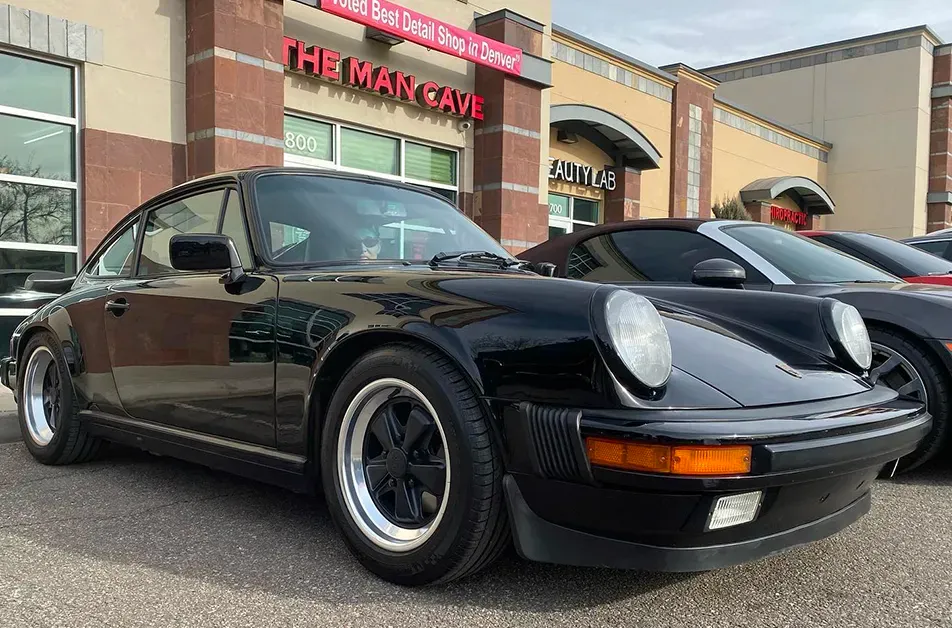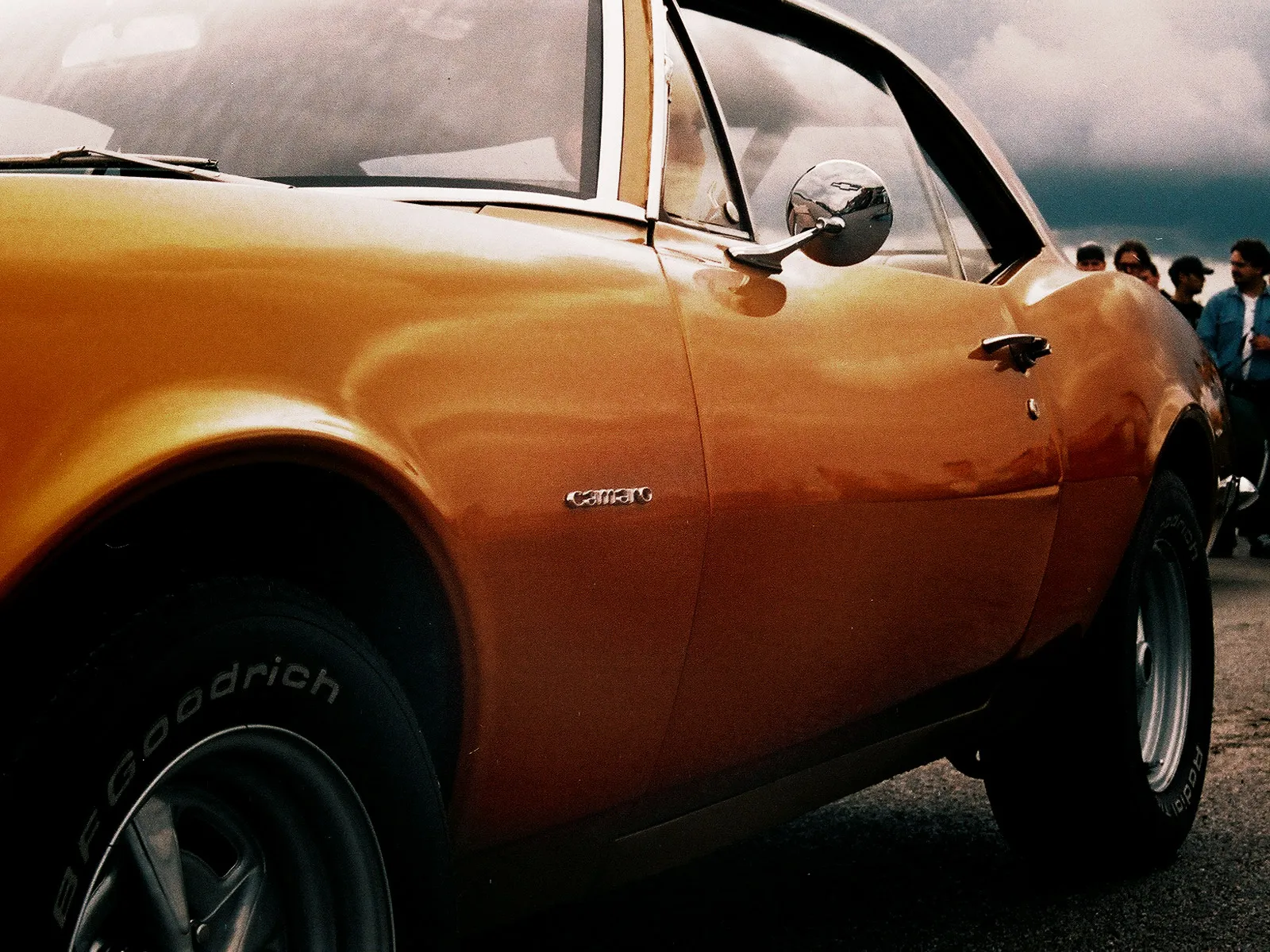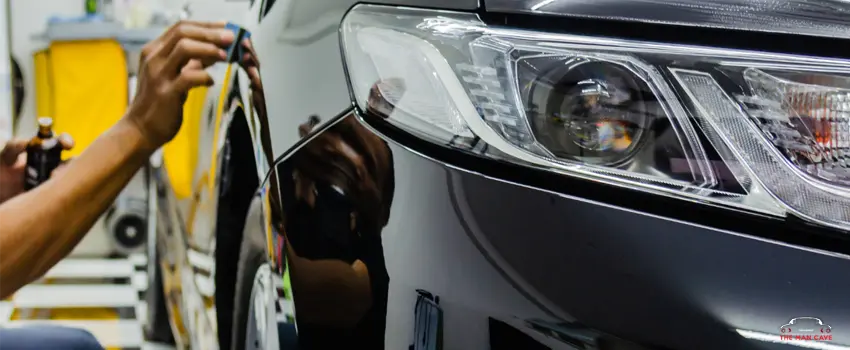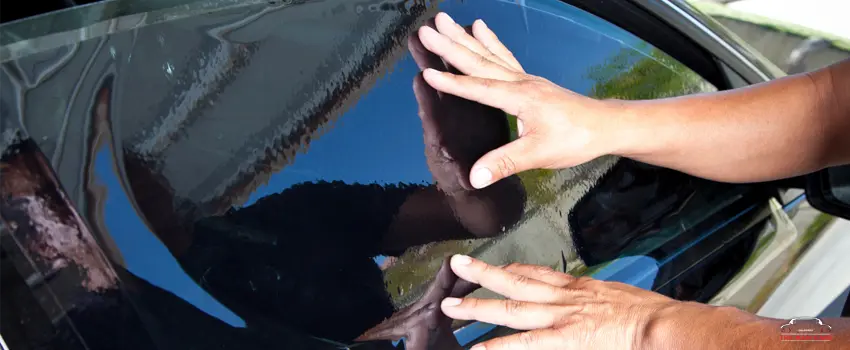Car owners take great pride in keeping their vehicles looking sleek and well-protected. Two of the most popular methods for safeguarding and shining your car’s paint are waxing and ceramic coating. But with so many products and bold claims, it’s no surprise drivers often wonder: which is the best choice? This article breaks down the basics, benefits, and differences between waxing and ceramic coating to help you choose the right protection for your car.
What is Waxing?
Waxing involves applying a protective layer over your car’s paint, typically made from natural carnauba wax or synthetic polymers.
- Types:
-
- Natural waxes use ingredients like carnauba, known for deep, warm shine.
- Synthetic waxes (sealants) are engineered for longer-lasting protection but may not offer as rich a glow.
How it’s applied: Wax is spread on the paint either by hand or with a buffer, allowed to haze, and then wiped off, leaving a glossy finish.
Benefits:
- Boosts gloss and depth of color
- Provides short-term protection from water spots, UV rays, and minor contaminants
- Affordable and easy to apply at home
Limitations:
- Protective layer wears off in weeks to a couple of months
- Needs frequent reapplication to maintain benefits
- Less effective against harsh contaminants and extreme weather
What is Ceramic Coating?
Ceramic coating is a liquid polymer that chemically bonds to your car’s paintwork, creating a durable, invisible nano-coating on top.
- How it works: The coating fuses with the paint surface at a molecular level, forming a hydrophobic (water-repellent) barrier.
- Long-lasting protection: typically lasts 2–5 years or more
- Shields paint from UV rays, chemicals, bird droppings, and environmental contaminants
- Makes washing your car easier; dirt and water bead up and roll off
- Maintains a “just detailed” gloss with minimal upkeep
Limitations:
- More expensive upfront than waxing
- Best results require professional application and paint prep
- Harder to remove once applied
Waxing vs. Ceramic Coating: Side-by-Side Comparison
| Feature | Waxing | Ceramic Coating |
| Protection Level | Good (UV, light contaminants) | Excellent (UV, chemicals, dirt) |
| Longevity | 1–2 months | 2–5+ years |
| Appearance | Rich, warm shine | Deep, glassy shine |
| Maintenance | Frequent reapplication needed | Occasional washes, minimal upkeep |
| Cost Over Time | Low upfront, adds up with repeats | High upfront, rarely reapplied |
Which One is Right for You?
- Waxing is ideal if you’re on a budget, enjoy regular car care, or want to boost appearance for a season or event.
- Ceramic coating suits those seeking long-term protection, minimal maintenance, and greater resistance to the elements—even if the initial investment is higher.
Consider your:
- Climate (frequent sun, snow, or rain favors ceramic)
- Driving habits (long commutes or highway travel = more exposure)
- Willingness to spend time or budget on car care
Combining Both Methods
Some enthusiasts layer wax over an existing ceramic coating.
- Pros: Adds extra gloss, can temporarily enhance the hydrophobic effect.
- Cons: Frequent waxing can mask the benefits of ceramic coating; professional detailers often recommend against unnecessary layering.
Conclusion
Waxing and ceramic coating each have clear strengths. Wax is affordable, easy, and gives a quick shine—but fades fast. Ceramic coatings deliver lasting, high-tech defense and make car care easier for years, though they cost more upfront and are best applied professionally. Think about your goals, habits, and budget, then choose the protection that will keep your car looking its best for the long road ahead.

